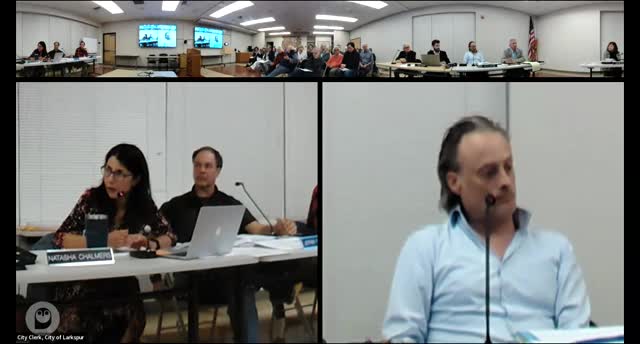Planning for the future amid rising sea levels
September 20, 2024 | Larkspur City, Marin County, California
This article was created by AI summarizing key points discussed. AI makes mistakes, so for full details and context, please refer to the video of the full meeting. Please report any errors so we can fix them. Report an error »

In a recent government meeting, officials discussed the allocation of 25% of parking spaces for a new charter facility, reflecting a strong belief in community demand for the service. However, the conversation quickly shifted to a pressing concern: sea level rise and its potential impact on infrastructure.
One official raised critical questions about the facility's location, noting its proximity to sea level and the projected rise of one foot by 2050, with estimates suggesting a two to four-foot increase by 2100. The discussion highlighted the importance of long-term planning for a building expected to serve the community for 80 to 100 years.
In response, it was confirmed that the library will be constructed outside the FEMA flood zone, with a finished floor elevation set at 12 feet—two feet higher than the current FEMA 100-year flood level. This elevation is designed to provide a buffer against historical water levels, which have never exceeded nine feet.
The officials acknowledged the need for future considerations regarding sea level rise, emphasizing that any elevation of the building would necessitate a comprehensive approach to the surrounding infrastructure. They noted that solutions must extend beyond the library itself, suggesting a community-wide strategy to address the challenges posed by rising waters.
As the meeting concluded, it was clear that while immediate concerns were being addressed, the long-term implications of climate change and sea level rise would require collaborative efforts and innovative planning to ensure the resilience of the community's infrastructure.
One official raised critical questions about the facility's location, noting its proximity to sea level and the projected rise of one foot by 2050, with estimates suggesting a two to four-foot increase by 2100. The discussion highlighted the importance of long-term planning for a building expected to serve the community for 80 to 100 years.
In response, it was confirmed that the library will be constructed outside the FEMA flood zone, with a finished floor elevation set at 12 feet—two feet higher than the current FEMA 100-year flood level. This elevation is designed to provide a buffer against historical water levels, which have never exceeded nine feet.
The officials acknowledged the need for future considerations regarding sea level rise, emphasizing that any elevation of the building would necessitate a comprehensive approach to the surrounding infrastructure. They noted that solutions must extend beyond the library itself, suggesting a community-wide strategy to address the challenges posed by rising waters.
As the meeting concluded, it was clear that while immediate concerns were being addressed, the long-term implications of climate change and sea level rise would require collaborative efforts and innovative planning to ensure the resilience of the community's infrastructure.
View full meeting
This article is based on a recent meeting—watch the full video and explore the complete transcript for deeper insights into the discussion.
View full meeting
